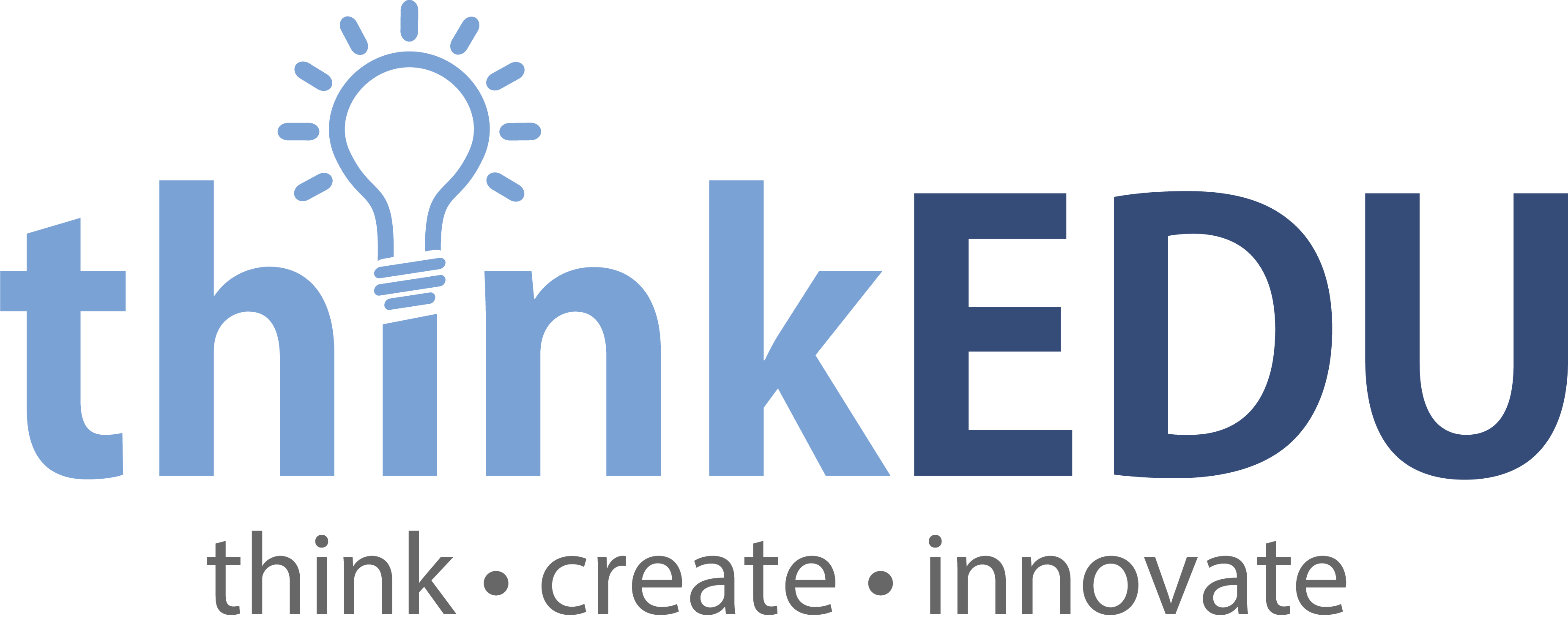
Introduction to Virtual Reality Participant Materials

Introduction to Virtual Reality
In this intermediate level workshop, participants will learn to get started in VR. As such, no time is spent on the fundamentals of working within the Unity editor, and scripts are discussed in regards to their functionality rather than breaking down how they work step by step.
The project built in the workshop is the Laser Cop Room Scale VR Game.
Subjects covered include developing a basic VR game for PC/Mac/Console, optimization techniques, ergonomics, physics and audio for VR.
The workshop requires both a headset and controllers, but there is a test script that will allow for in-editor development for participants who did not bring a VR headset with them.
Although a gaming project is used as the example in this workshop, the features and functions are applicable to all Unity projects. The VR game that participants will build is fully compatible with the HTC Vive, Oculus Rift, and should be equally usable on any other PC headset. Please note, it will not work on mobile.
Level: Intermediate
Prerequisites: Prior experience with the Unity editor.
Duration: 7-8 hours
Class size: 15 people
Trainer: Unity Certified Instructor
Learning Objectives and Outcomes
Gain a foundational knowledge of the modern history of VR and how Unity fits into the space
- Identify key historical points in the modern resurgence of VR
- Identify the different (technological, economical) factors that increased the popularity of VR as a platform, and explain why the industry believes that this is the right time for VR
- Explain Unity’s role in the VR industry and its advantage over other platforms
Review the various types of headsets on the market today
- Identify the different categories of headsets (Computer, Console, Mobile, Stand alone) and the various advantages and disadvantages they have over one and other
- Identify the major headset brands and their key features
Analyze ergonomic considerations for positive VR experiences
- Analyze different causes of motion sickness in VR games and approaches that can be taken to minimize the effects
- Adjust gae physics to produce a higher frame rate
- Strategically place objects targeting the Player to approach below eye level
- Configure an accurate height for the Player character for both a seated/standing and room-scale experience
Understand the importance of scale in a VR project
- Analyze the key issues related to non-standardized scale within a VR project
- Identify asset scale requirements for a VR project
- Configure imported assets so scale is consistent throughout the project
Identify limitations VR presents as platform for designing games
- Identify the key differences between developing games for VR versus other traditional platforms
- Identify different techniques to handle movement in VR games and analyze when they are best utilized in different game types
- Create Input settings to accommodate VR controllers
Understand how sound works in a VR space
- Identify the key features of spatial audio and how it is utilized in VR
- Set important audio sources to spatialize in the game
Use Unity to develop VR games
- Enable VR settings in the Unity editor
- Create a script stand-in to allow game development and testing when a headset is not available
- Implement In-Editor console notifications to ease development when a headset is being used
Activities
- Introduction: Learning Action Plan and course overview
- Understanding VR
- Setting up the Project and enabling VR
- Implementing Gameplay: Enemies
- Implementing Gameplay: Players
- Adjusting Audio and Physics
- Pausing and UI Interactions
- Conclusion: Updating your Learning Action Plan and next steps
What to Bring
- Each participant will need to bring a laptop (Windows or OSX), power supply (including any necessary international adapters), mouse.
- Install Unity 2017.4 prior to the workshop.
- VR Workshop works best when participants bring a VR headset and controllers. For those without this equipment, there is a test script that allows for in-editor development and testing.










